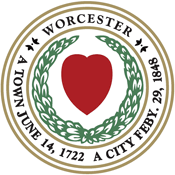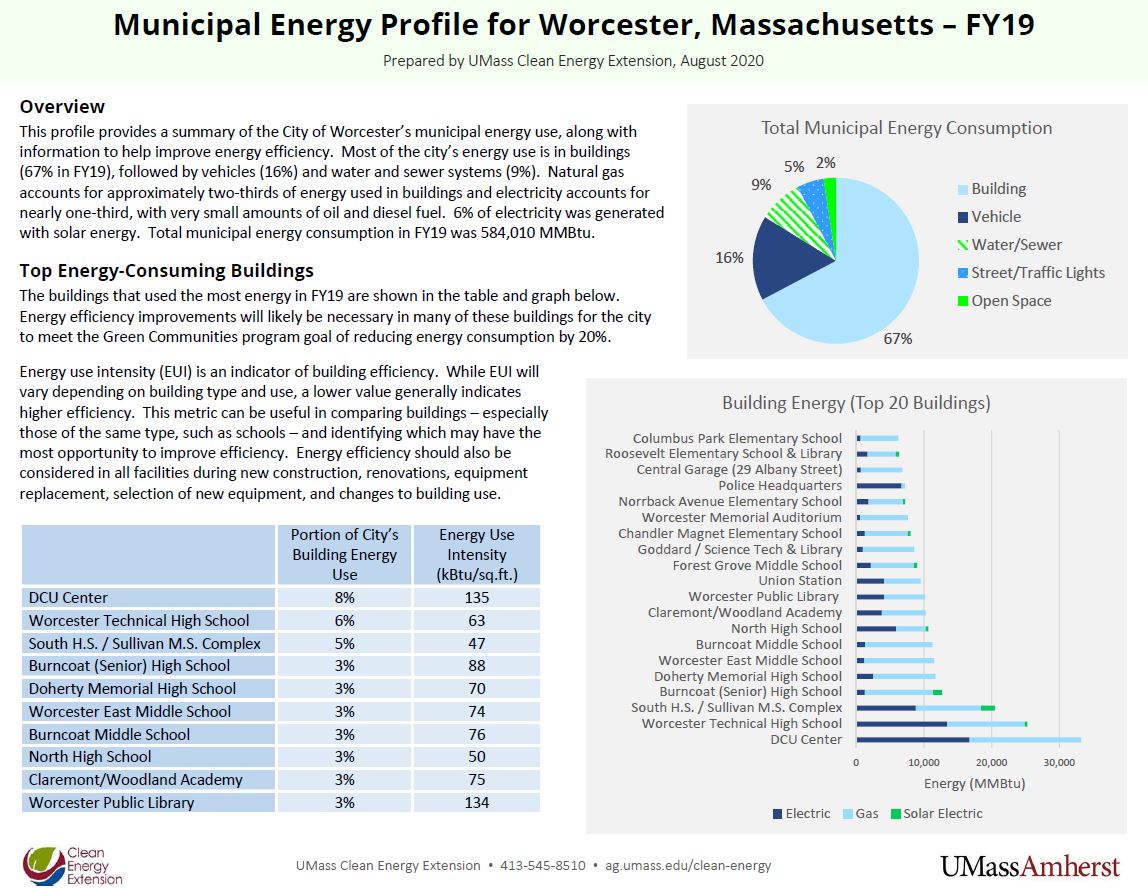Meeting Green Community Designation Criteria
|
|
||||||||||||||||||||||||||||||||||||||||
Renewable/Alternative Energy Facilities and Zoning Requirements(Criteria 1 and 2)Provide as-of-right siting of renewable or alternative energy generating facilities, renewable or alternative energy research and development facilities, or renewable or alternative energy manufacturing facilities in designated locations. Establish an expedited application and permitting process under which these energy facilities may be sited within the municipality and which shall not exceed one year from the date of initial application to the date of final approval. (Examples of such land uses include solar energy generation facilities, solar panel production, research and development intended to enhance geothermal systems, the manufacture of wind or hydro turbine, research related to advanced battery systems, manufacture of fuel cells, research to improve the efficiency of or reduce pollution from biomass power facilities, assembly of wave energy generating systems, and manufacture of wood pellets.) |
Worcester amended and clarified its zoning regulations to allow for expedited permitting of renewable/alternative energy manufacturing facilities and research & development. The Zoning Ordinance amendment was ordained Jan. 5, 2010.The Worcester Zoning Ordinance allows as-of-right siting of renewable or alternative energy manufacturing facilities (per Zoning Ordinance, Article IV, Section 2, Manufacturing Uses #5 and #16). Per City's analysis, sufficient land (more than 50,000 sf) is available in Worcester for the construction of such a facility and the Zoning Ordinance (Note 12 to Table 4.1) requires all permitting for such facilities to be completed within one year.Additionally, Worcester’s Small Wind Ordinance allows as-of-right siting in nearly all Business and Manufacturing zoning districts. | |||||||||||||||||||||||||||||||||||||||
|
||||||||||||||||||||||||||||||||||||||||
Municipal Building Energy Use Reduction (Criterion 3)Establish an energy use baseline inventory for municipal buildings, vehicles and street and traffic lighting, and put in place a comprehensive program designed to reduce this baseline by 20% within five years. |
Worcester committed to reducing its municipal energy use by 20% from the FY 2009 baseline. The City is making progress towards this goal primarily via its Energy Savings Performance Contract. | |||||||||||||||||||||||||||||||||||||||
Progress to date:
Municipal Energy Profile for Worcester, MA - FY 2019: |
||||||||||||||||||||||||||||||||||||||||
|
||||||||||||||||||||||||||||||||||||||||
Municipal Vehicle Fleet's Fuel Usage Reduction (Criterion 4)Purchase only fuel-efficient vehicles for municipal use whenever such vehicles are commercially available and practicable. |
Worcester adopted a Fuel Efficiency Vehicle Purchasing Policy effective July 1, 2010 and updated it in 2019. | |||||||||||||||||||||||||||||||||||||||
|
||||||||||||||||||||||||||||||||||||||||
Building ‘Stretch Energy’ Code (Criterion 5)Require all new residential construction over 3,000 square feet and all new commercial and industrial real estate construction to minimize, to the extent feasible, the life-cycle cost of the facility by utilizing energy efficiency, water conservation and other renewable or alternative energy technologies. |
Worcester adopted the Massachusetts State Stretch Energy Code on May 4, 2010. The new code became effective January 1, 2011 and resulted in construction of approximately 324 new residential buildings that were positively affected by the Stretch Code between from July 1, 2011 and February 2018. | |||||||||||||||||||||||||||||||||||||||


